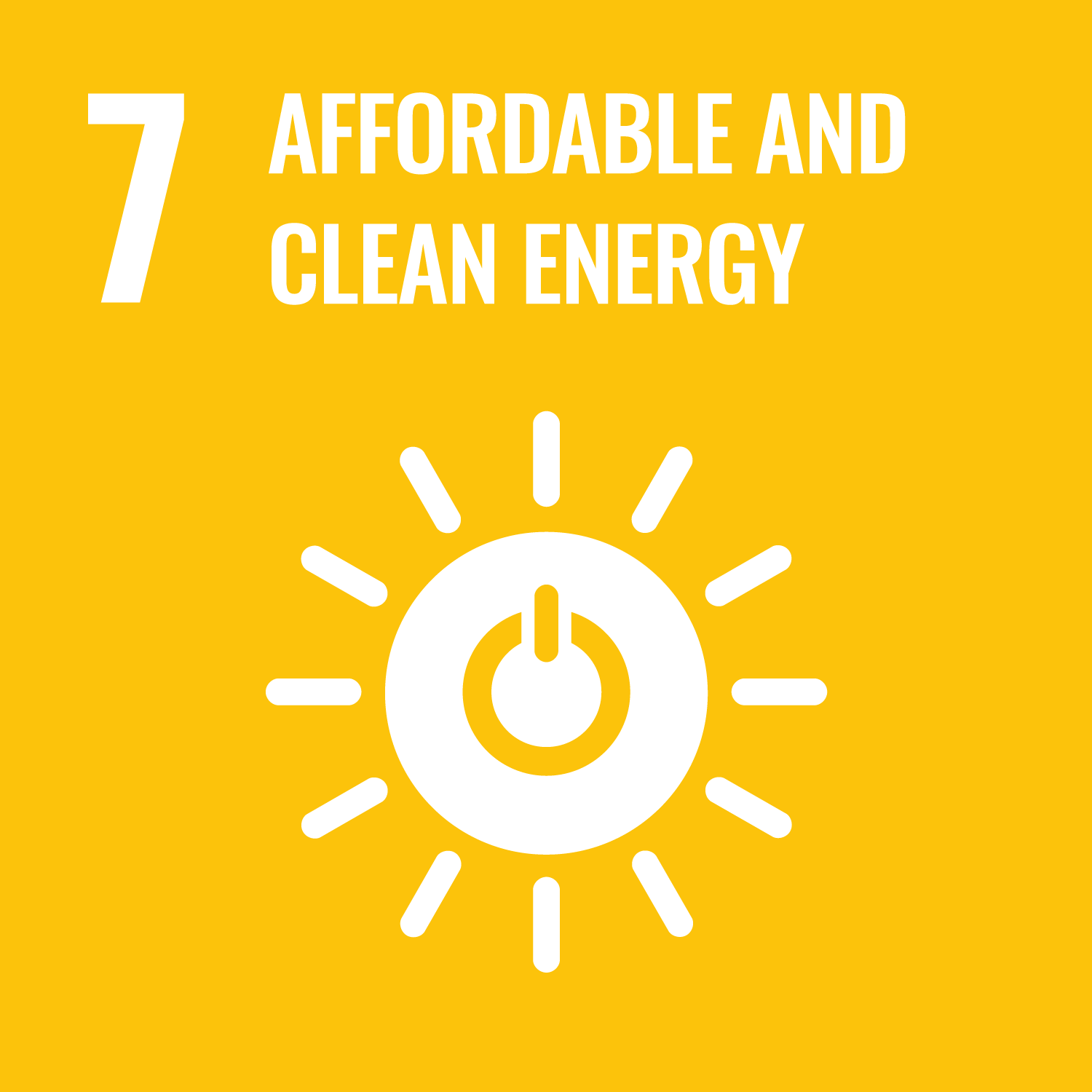ORCID
- Laura Evenstar: 0000-0002-2412-357X
- Anne Mather: 0000-0001-6634-8681
Abstract
Currently, 60% of the world’s copper production comes from porphyry copper deposits, often significantly enriched by surface weathering. This paper uses new global datasets and previous work to review the critical processes required for porphyry copper formation and supergene enrichment. Porphyry copper formation requires a subducting arc to create a source magma which traverses a thickened crust subject to high exhumation rates during formation, ranging from 100’s to 1,000’s m/m.y. High exhumation rates potentially trigger magma decompression, causing fluid release, opening fluid pathways along faults and lineaments and/or facilitating telescoping, whereby early porphyry-style mineralization is overprinted and enriched by high-sulfidation mineralization at shallower crustal levels. Later supergene enrichment of the deposit requires precipitation rates > 120 mm/yr and exhumation rates ranging from 10’s to 100’s m/m.y. This allows copper sulfide sources to be continually refreshed for weathering but restricts the amount of erosion. Using the Central Andes, one of the world’s most critical porphyry copper provinces, the understanding gained from analyzing these global databases can explain the temporal and spatial pattern of known deposits. These constraints were used to inform mappable target criteria and data required for mineral exploration at a range of different scales, from orogen (> 100,000 km²), to terrane (100,000–1,000 km²) to arc (1,000–100 km²). The results can be used to help illustrate and inform global exploration strategies for supergene-enriched porphyry copper deposits.
DOI Link
Publication Date
2024-08-03
Publication Title
Mineralium Deposita
ISSN
0026-4598
Acceptance Date
2024-07-21
Deposit Date
2024-08-08
Embargo Period
2025-08-03
Additional Links
Recommended Citation
Evenstar, L., Dahlström, S., Hartley, A., McCuaig, T., Mather, A., & Shaw, J. (2024) 'Global constraints on exhumation rates during porphyry copper formation and supergene enrichment: applications to exploration as illustrated from the Central Andes', Mineralium Deposita, . Available at: 10.1007/s00126-024-01303-1


